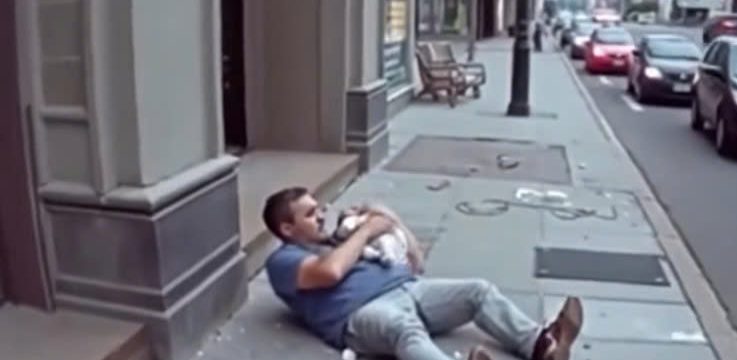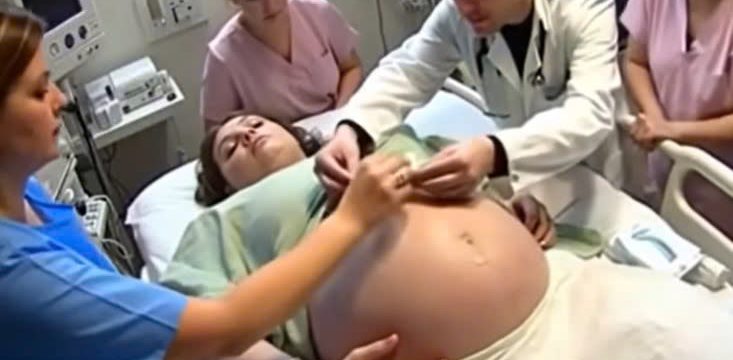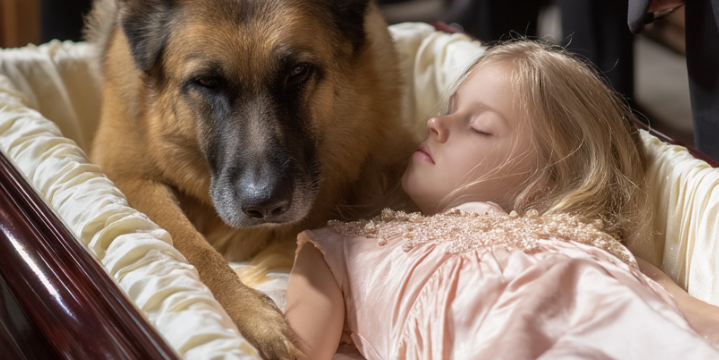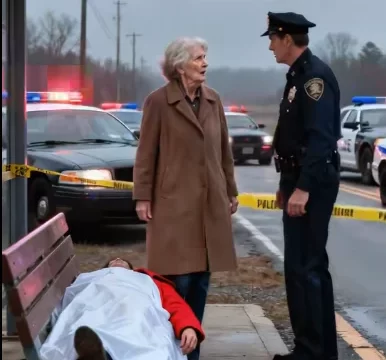The Vatican has officially confirmed that a secret conclave will take place on May 7 inside the Sistine Chapel to elect the next pope, following the passing of Pope Francis, who died at the age of 88 on Easter Monday. His funeral was held on Saturday and was attended by political leaders, royalty, and tens of thousands of mourners. This solemn occasion marked the end of a papacy that deeply impacted the global Catholic community.

Now, around 135 cardinals from all over the world will gather behind closed doors in the historic chapel to begin the process of choosing the next spiritual leader of the Roman Catholic Church. Vatican spokesman Matteo Bruni explained that the process will begin with a solemn mass at St. Peter’s Basilica, after which the cardinals who are eligible to vote will make their way to the Sistine Chapel for the confidential voting procedure. Once inside, all communication with the outside world is strictly cut off, ensuring the privacy and sanctity of the election. The process is meticulous and steeped in tradition. On the first afternoon, only one vote will be held, but in the days following, the cardinals will cast up to four votes daily. To be elected pope, a candidate must secure a two-thirds majority, which can take time and considerable deliberation. Each cardinal writes his chosen name on a simple card bearing the Latin phrase “I elect as Supreme Pontiff.” If, by the end of the third day, a pope has not been chosen, the cardinals may decide to pause for a day of prayer and reflection. Meanwhile, the world watches closely for the symbolic smoke that signals the outcome of each vote.
Black smoke billowing from the chapel’s chimney means that the voting has not resulted in a decision, while white smoke indicates that a new pope has been selected. This tradition captivates global attention, with millions tuning in to witness the historic moment. The unpredictability of the conclave has always fascinated both Catholics and non-Catholics alike, as it embodies a unique blend of sacred ritual, global significance, and human decision-making.
The lead-up to the conclave has been emotionally charged, following Pope Francis’s widely attended funeral in St. Peter’s Square. Hymns echoed from massive speakers, occasionally overshadowed by helicopters circling overhead, as Cardinal Giovanni Battista Re, aged 91, delivered a heartfelt homily remembering Pope Francis’s life and legacy. After the religious service, a solemn procession took place as Pope Francis’s coffin was carried through the streets of Rome to his final resting place at the Santa Maria Maggiore Basilica.
The procession drew an estimated 140,000 people who lined the streets to bid farewell, applauding and waving as the white popemobile—repurposed as a hearse—made its way across the Tiber River and past several of Rome’s iconic landmarks, including the Colosseum, the Roman Forum, and the Altare della Patria national monument at Piazza Venezia. On Sunday, images of Pope Francis’s tomb were released to the public. The photos show a single white rose placed gently on the stone bearing the name he was known by during his pontificate, resting beneath a simple crucifix illuminated by a lone spotlight. It was a quiet yet powerful tribute to a man who led the Church through challenging times and inspired millions with his humility and compassion. As May 7 approaches, the eyes of the world are once again turning to the Vatican, filled with anticipation and curiosity about who will step into the role of the next pope. The conclave is not just a significant religious event—it is a moment of historic transition for more than a billion Catholics worldwide, and the decisions made within the Sistine Chapel will help shape the future direction of the Church for years to come.





